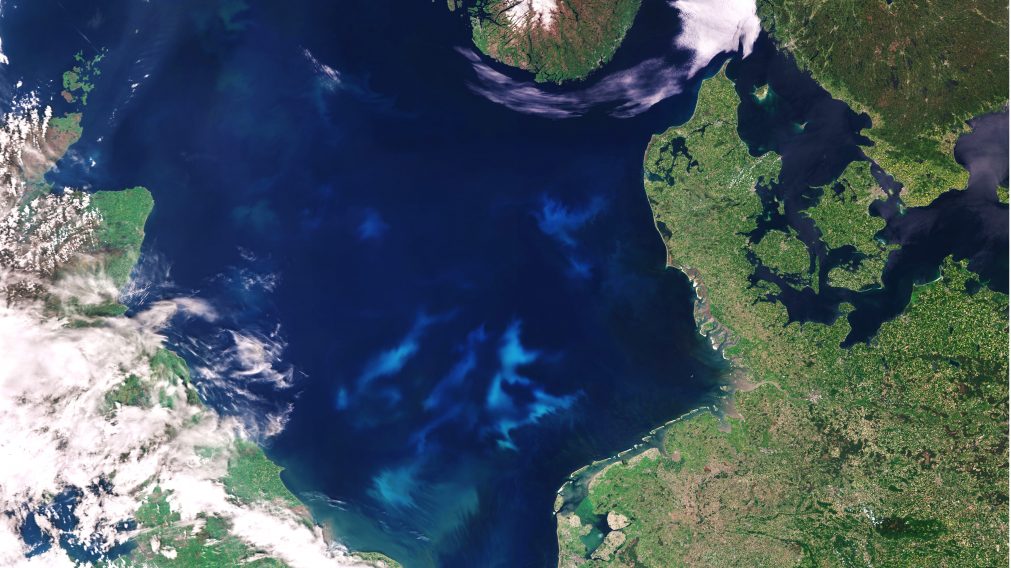The quality of estimations for carbon export and sequestration depends on how well the spatio-temporal dynamics of non-algal particles in open ocean are understood. Non-algal particles include organisms such as bacteria or viruses, cell debris and other organic particles, as well as mineral particles, bubbles and plastics.
The accumulation of these particles is only partially related to phytoplankton abundance, leaving a significant fraction of organic carbon un-estimated due to the difficulty in separating the two signal contributions by using optical backscattering sensors.
New research by Living Planet Fellow Marco Bellacicco from ENEA (IT) in collaboration with researchers from CNRS (FR), University of Exter (UK), Plymouth Marine Laboratory (UK), ISMAR-CNR (IT) and Utrecht University (NL) attempts to quantify this fraction of backscattering signal associated with non-algal particle portion that does not covary with chlorophyll-a by using a global Biogeochemical-Argo data set. The research was published in Geophysical Research Letters (reference below).
The authors use a model which estimates the non-algal fraction as the offset of the fit between the optical backscatter and chlorophyll-a in clear water. The authors investigate the spatial, vertical and temporal variability of this fraction backscatter at global scale. The experiments rely on optical backscatter properties derived from BGC-Argo observations at 700 m depth and chlorophyll-a to and used as reference the median backscatter at 950-1000 m also derived from BGC-Argo floats.
This research was supported by the ESA Living Planet Fellowship project PHYSIOGLOB.
Read more at:
Bellacicco, M., Cornec, M., Organelli, E., Brewin, R. J. W., Neukermans, G., Volpe, G., et al (2019). Global variability of optical backscattering by non‐algal particles from a Biogeochemical‐Argo data set. Geophysical Research Letters, 46. https://doi.org/10.1029/2019GL084078
Featured image : North Sea algae bloom detected in a Sentinel-3A OLCI acquisition. Contains modified Copernicus Sentinel data (2017), processed by ESA, CC BY-SA 3.0 IGO

